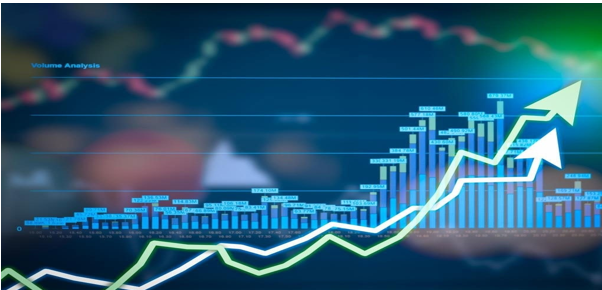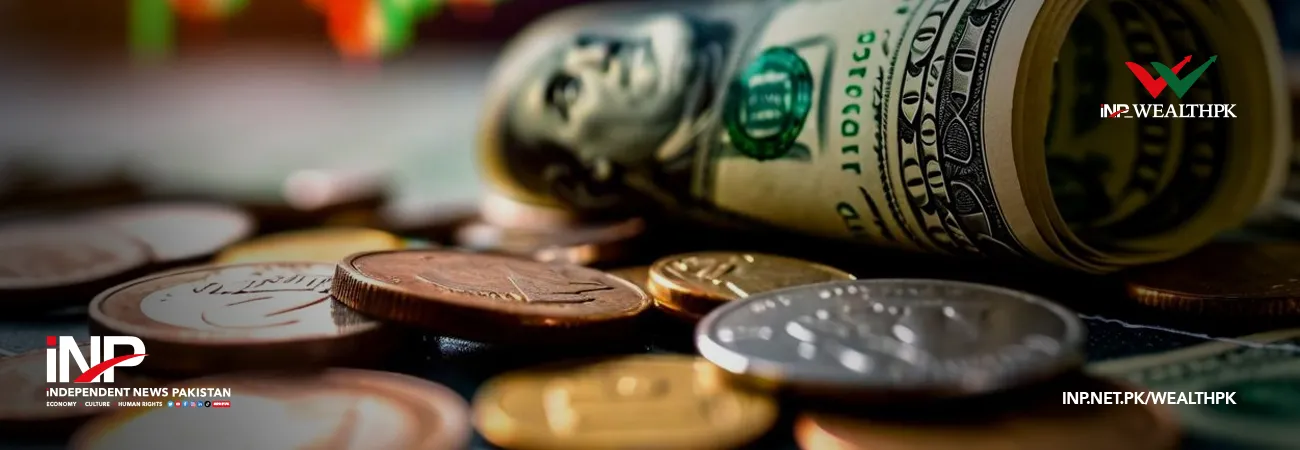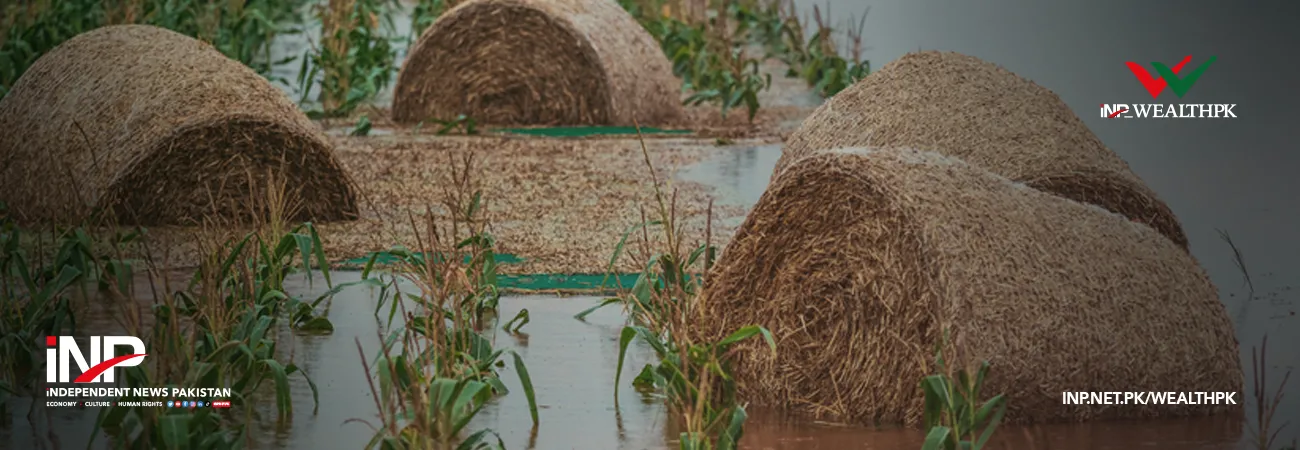INP-WealthPk
Qudsia Bano
Pakistan’s economic growth prospects for FY 2026 have strengthened considerably as high-frequency indicators signal continued expansion in agriculture, industry and services, according to the State Bank of Pakistan’s latest Monetary Policy Statement released on Monday.
The central bank said recent data showed sustained momentum in large-scale manufacturing and a healthier-than-expected performance of major Kharif crops despite recent floods. Improved input conditions and favorable weather were expected to support a strong Rabi season as well, laying the foundations for broader economic stability.
The SBP estimated that Pakistan’s real GDP growth for FY 2025 had been revised upward to 3 percent from 2.7 percent as earlier reported by the Pakistan Bureau of Statistics. For the current fiscal year, the Monetary Policy Committee (MPC) expects growth to lie in the upper half of its projected range of 3.25 to 4.25 percent.
“The improvement reflects a broad-based pickup across commodity-producing sectors and related services,” the statement noted. Agriculture has benefited from better soil moisture, higher water availability and increased use of quality inputs, while satellite images show a healthier vegetation cover than last year.
In industry, large-scale manufacturing expanded by 4.4 percent during July–August FY 2026 against a marginal contraction in the same period last year. Automobile, cement, fertilizer and petroleum product sales rose sharply, indicating a resurgence of domestic demand and a return of business confidence.
Improving credit flows from banks to the private sector have also supported industrial output. The MPC highlighted that private-sector credit expanded 17 percent year-on-year, with notable borrowing in textiles, telecommunications, chemicals, and wholesale and retail trade. This broad-based demand for financing points to growing investment and working-capital requirements across the economy.
The services sector is expected to benefit from these positive developments in agriculture and industry. Transport, trade and financial services activity are all showing renewed momentum, while confidence indicators from the SBP-IBA surveys reflect improved sentiment among both consumers and businesses.
The SBP said the flood-related damage had turned out to be less severe than initial assessments suggested. “Unlike previous episodes, supply-chain disruptions were minimal, and crop losses were contained,” it said, adding that the broader macroeconomic outlook was therefore more favorable than in its last review.
However, the MPC warned that uncertainties persist around global commodity prices and export demand. Volatile oil prices, evolving tariff dynamics and lingering food-supply issues could pose downside risks to growth and inflation in coming months.
Economists noted that Pakistan’s economic recovery remains delicately balanced between reviving domestic activity and preserving external stability. With the current account deficit expected to stay within 0–1 percent of GDP, fiscal discipline and continued external financing are seen as key to sustaining the momentum.
The MPC underscored that the ongoing build-up of foreign-exchange reserves and steady remittance inflows are helping to stabilize macroeconomic conditions. It also reiterated that monetary and fiscal coordination is essential for long-term sustainability.
“Stronger external and fiscal buffers are vital to absorb future shocks and facilitate continued growth without excess pressure on inflation and the external account,” the Committee said.
Despite a temporary uptick in headline inflation to 5.6 percent in September, the central bank expects price pressures to moderate towards the target range of 5–7 percent over the medium term as supply conditions normalize. The real policy rate remains positive, supporting macroeconomic stability and investment planning.
Analysts believe that if industrial growth and agricultural output continue to perform as anticipated, Pakistan could see growth approaching 4 percent for the first time in three years. The MPC said it would continue to monitor global and domestic developments closely and adjust its policy stance as needed to sustain the recovery while keeping inflation expectations anchored.

Credit: INP-WealthPk












